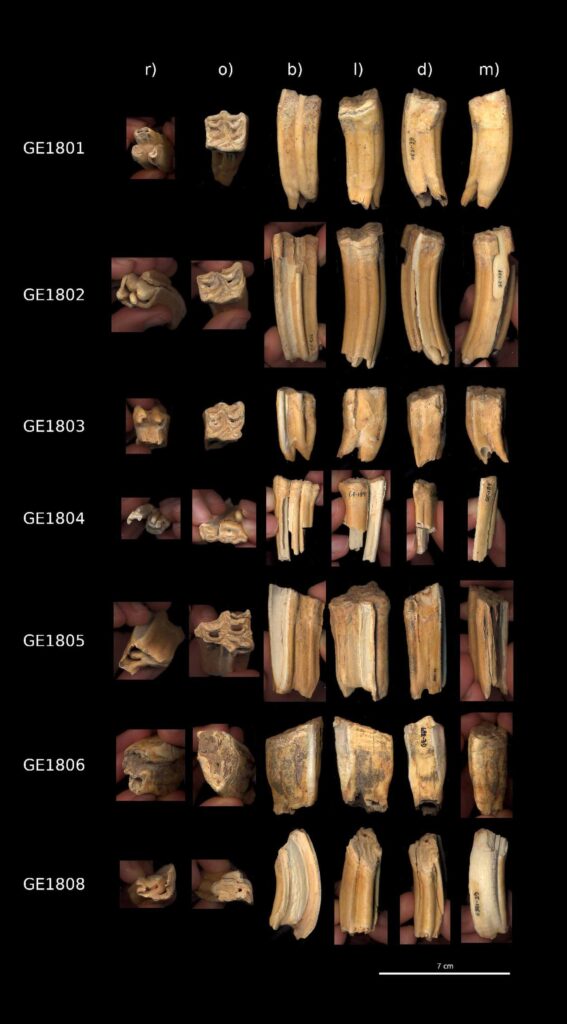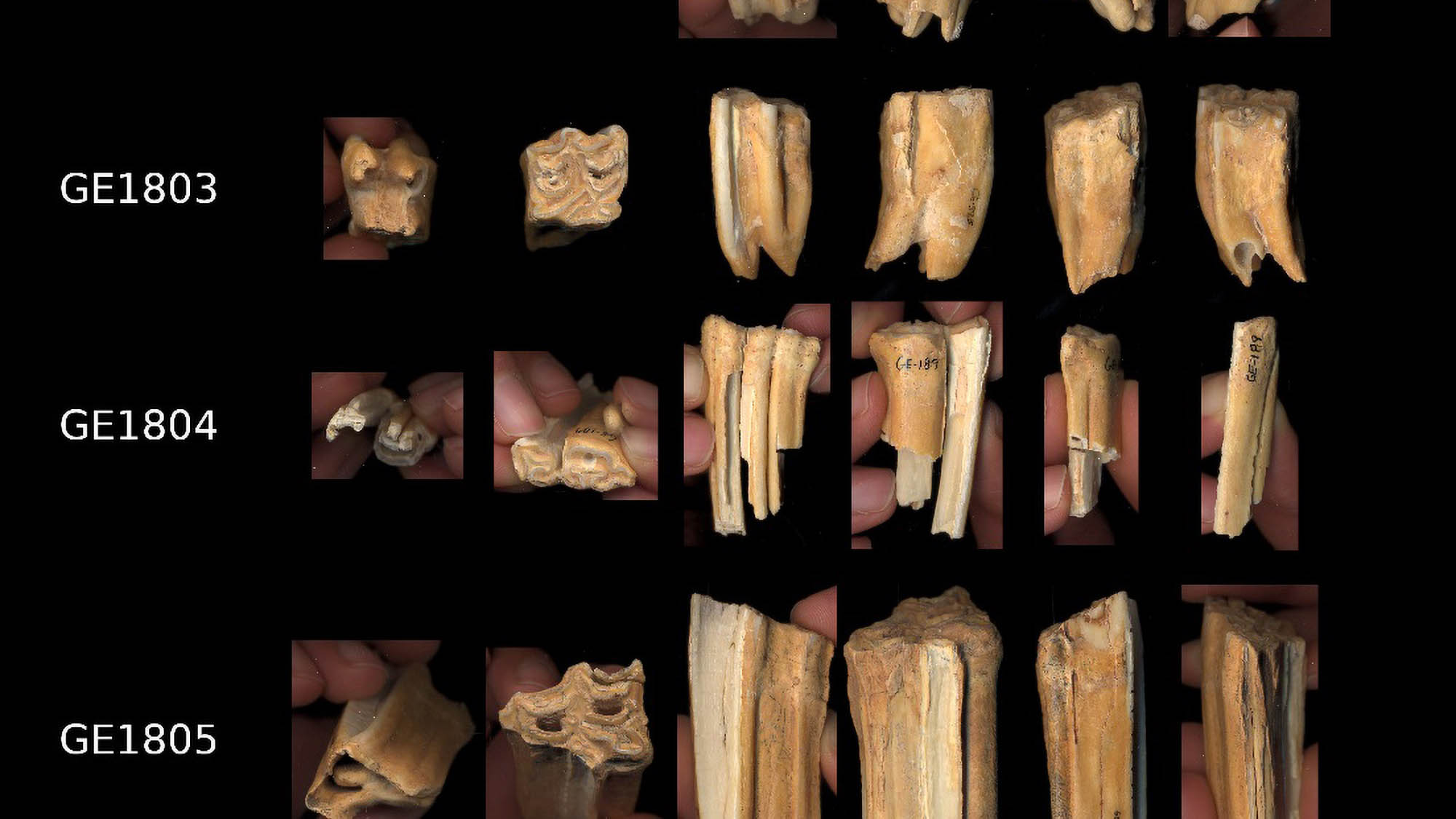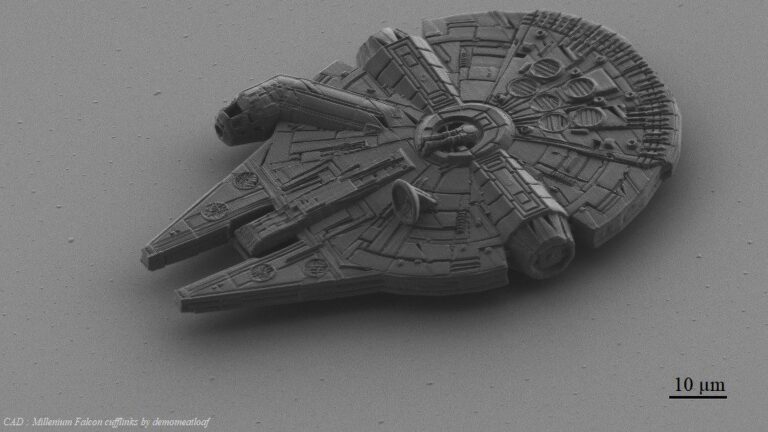An archaeological site listed as a UNESCO World Heritage could be one of the oldest Neanderthal excavation sites in Spain with a new study saying it could date back 115,000 years.
National Centre for Research on Human Evolution (CENIEH) geochronologist Davinia Moreno said that the area dates back to between 70,000 and 115,000 years ago – making it one of the oldest ones on the Iberian Peninsula.
The Gallery of Statues site – which is located in the Cueva Mayor-Cueva del Silo Complex in the Archaeological Site of Atapuerca, province of Burgos, northern Spain – has been excavated without interruption at two test pits since 2008.
Reportedly named GE-I and GE-II, the test pits revealed an Upper Pleistocene detrital stratigraphic sequence sealed by a speleothem, and stand at respectively nine and six square metres.
Numerical ages – according to the study – vary between 92,000 and 104,000 years for the GE-I pit, and go up to 115,000 in the case of the GE-II.
Newsflash obtained a statement from the CENIEH on Friday, 26th August, in which Moreno is quoted as saying: “In general, the ages found by dating fossil teeth with the combined method ESR/U-series agree with those obtained previously using Optically Stimulated Luminescence (OSL) and single-grain thermally transferred OSL (TT-OSL), and they confirm the Upper Pleistocene chronology of the site.”
The caves of the Atapuerca Mountains yielded the first karstic system Neanderthal fossil (a foot phalanx) of the Archaeological Site of Atapuerca, as well as lithic artefacts of clear affinity to the Mousterian industry associated with the Neanderthals, along with other paleontological remains.
Moreover, Neanderthal mitochondrial and nuclear DNA could be found in the cave’s sediments on a property encompassing 284.119 hectares (702 acres).

The rich fossil reserve recording some of the earliest human beings in Europe, from nearly one million years ago and extending up to the Common Era, was registered as Property of Cultural Interest in 1991, almost a decade before being designated a UNESCO World Heritage site in 2000.
Some of the finds excavated from the Archaeological Site of Atapuerca can be seen in the nearby Museum of Human Evolution, in Burgos.
The CENIEH researcher said: “It follows that this site holds information about the Neanderthal occupations, subsistence strategies, and population dynamics in the interior of the Iberian Peninsula, and it fills the gap in the Upper Pleistocene chronologies of the Sierra de Atapuerca karstic system.”
The article titled “ESR/U-series chronology of the Neanderthal occupation layers at Galeria de las Estatuas (Sierra de Atapuerca, Spain)” was authored by Moreno and other experts and was published in the peer-reviewed scientific journal Quaternary Geochronology in August, 2022.
To find out more about the author, editor or agency that supplied this story – please click below.
Story By: Georgina Jadikovska, Sub-Editor: Marija Stojkoska, Agency: Newsflash
The Ananova page is created by and dedicated to professional, independent freelance journalists. It is a place for us to showcase our work. When our news is sold to our media partners, we will include the link here.




